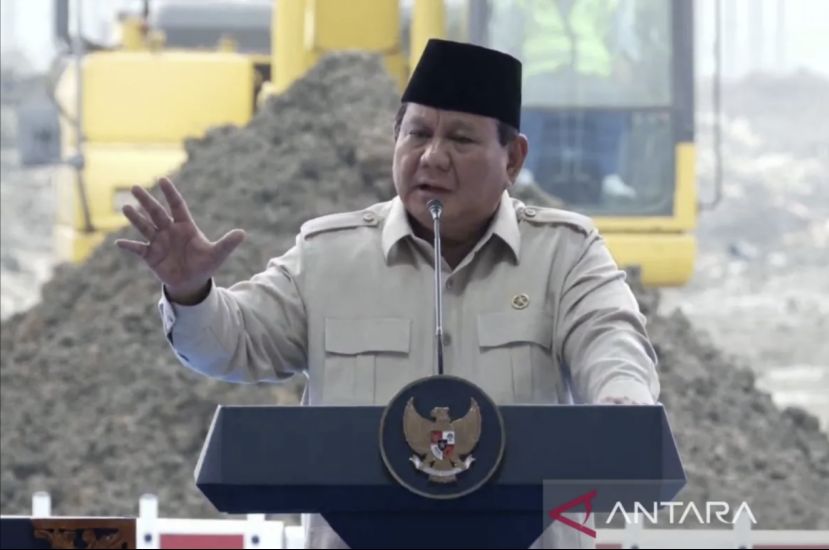Prabowo attends the groundbreaking of Ningde Times automotive battery project

President Prabowo yesterday attended and delivered a speech at the groundbreaking ceremony of the Integrated Electric Vehicle Battery Industry Ecosystem Project built by the ANTAM-IBC-CBL consortium in Karawang regency, West Java, where he emphasized that the development of the new energy industry is a strategic step towards achieving the country's energy independence and resilience, proudly announcing the official launch of the project.The project is a partnership between Indonesia's state-owned mining company PT Aneka Tambang Tbk (ANTAM), Indonesia Battery Company (IBC), and Chinese firms Ningde Times (CATL), Bump Cycle (Brunp) and Luoyang Luanchuan Molybdenum (Lygend) (CBL). The project layout covers the entire value chain and consists of six sub-projects, five located in East Hammarheira, North Maluku Province and one in Karawang. The project is classified as a National Strategic Project (PSN) in Indonesia, with a total investment of US$5.9 billion, covering an area of 3,023 hectares. It is expected to create about 8,000 jobs and support the construction of 18 infrastructure projects, including a multi-purpose port. The project utilizes an environmentally friendly energy mix that includes 2 x 150 MW coal-fired power plants, 80 MW gas-fired power plants, 30 MW waste heat recovery systems and 172 MW of solar power generation, of which 24 MW of solar power will be installed at the Karawang facility. The Karawang plant will have an initial capacity of 6.9 GWh in Phase I, expanding to 15 GWh in Phase II, and is expected to begin commercial operations by the end of 2026. The East Hammarhela project was formed by ANTAM and Hong Kong CBL Limited (HK CBL) to establish PT Feni Haltim (PT FHT) to develop a new energy industrial zone. The project's nickel ore pyrometallurgical smelter will produce 88,000 tons of refined nickel alloys per year by 2027, while the wet smelter will produce 55,000 tons of mixed hydroxide precipitation per year by 2028. The nickel-cobalt-manganese cathode materials plant will have a capacity of 30,000 tons per year by 2028, while the battery recycling facility will produce 20,000 tons per year by 2031 of sulfate metal and lithium carbonate.

